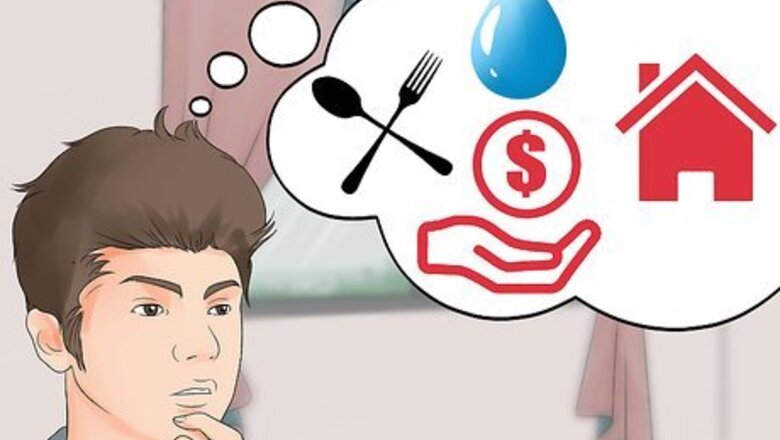
views
Staying Afloat by Taking Care of Necessities
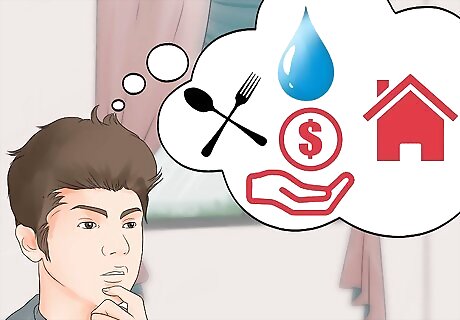
Determine if this method is right for you. If you're just barely scraping by, you should prioritize to make sure you have the necessities now while trying to minimize potential problems down the road. However, if you're able to pay for necessities like your home and basic utilities, move on to the "debt avalanche" method.
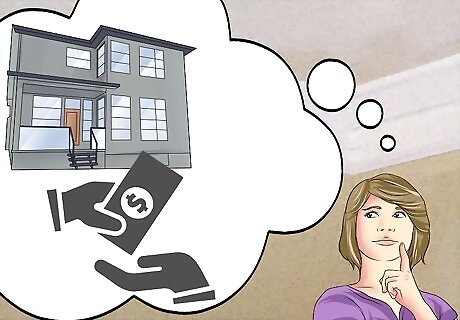
Keep a roof over your head. If you own your home, the mortgage payment is your highest-priority debt. In the U.S. lenders will typically begin foreclosure proceedings after three missed payments, though this may vary. Even if you get just a month or two behind, you may have trouble getting your payments back up-to-date, which can cause you problems down the road. If you rent, you can usually be evicted after just one missed payment, and then you'll be faced with finding another place to live with a huge blemish on your record.
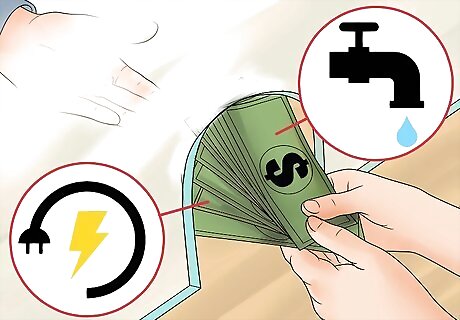
Pay your utilities. Power, water, and other utility companies will usually give you some leeway in missing payments, but if you get too far in arrears, they'll shut off your service, which can make everyday living very difficult and can also make it more costly to get service in the future. If you can't pay your bills in full, call the company and see if you can work out a payment plan. They're usually very accommodating.
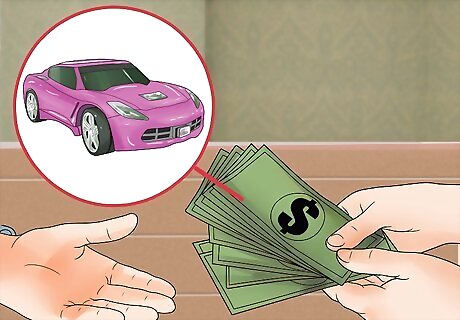
Make your car payments. If you need your car to get to work or to find work, it's important that you keep your payments up-to-date. Finance companies can repossess cars fairly easily, and in many cases they don't even have to give you notice. Make sure to pay your insurance, as well, because it's the law and because if you don't the lender will add their own insurance, which will cost you far more while only protecting the lender's interest. Keeping up with a car payment while doing your best to pay for your mortgage and utilities can be difficult. Consider these options to ease your financial burden: Do your best to save money on gas. Consider carpooling. Have you considered living without a car?
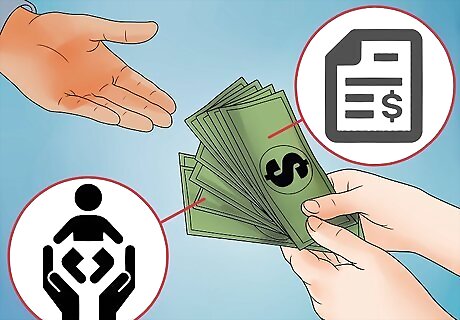
Pay other legally-required debts and payments. Failure to pay child support, taxes, or other legally-mandated payments can land you large fines or even jail time.
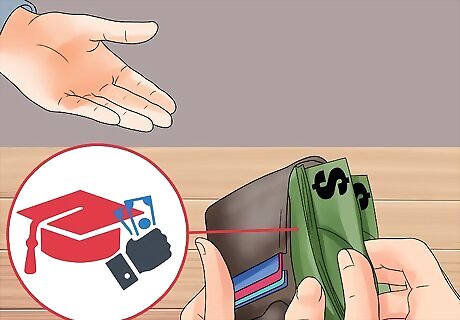
Pay student loans. The government backs student loans, and if you go into default they can take collection actions that other creditors can't. Luckily, there are numerous government programs to help you with this.
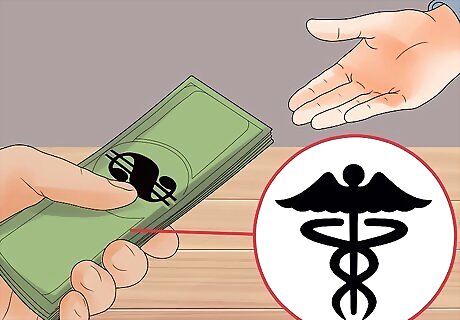
Pay medical bills. Medical bills offer a bit more leniency than most other kinds of loans, and even if they go on your credit report they're generally looked at differently than other missed payments.
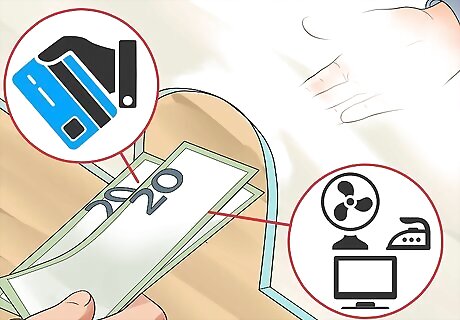
Take care of lower priority debts. Credit cards, loans secured by household objects, personal loans, and store charge cards are not high priorities. Pay the minimums on all these if you can, but if you have to choose between your credit card bill or your mortgage, choose your mortgage. Call your credit card companies and tell them you need either deferment or lenience. If you call and let them know you are in trouble, most are willing to work out a payment plan by temporarily lowering your minimums or deferring payment for a couple of months until you are working again, etc. If you blow them off, though, they will be less apt to work with you.
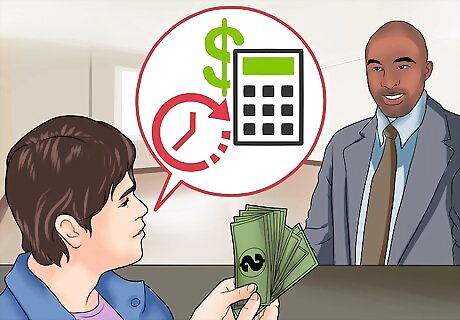
Bring accounts up-to-date as soon as you can. Once you've gotten back on your feet, get all your accounts current if you've fallen behind on them. Focus on the ones on which you are the furthest behind. Once everything's caught up, start prioritizing to pay debts off quickly.
Paying Off Debt Quickly with the "Debt Avalanche" Technique
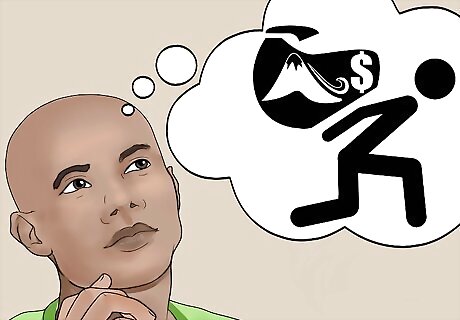
Determine if this method is right for you. If you're living comfortably and securely, your goal should be to prioritize your debts so as to pay them off as quickly as possible. One method of doing this involves paying off debt win order from the highest interest rate to the lowest. This is the fastest and most efficient way to pay off debt, and is referred to as a the "debt avalanche" technique.
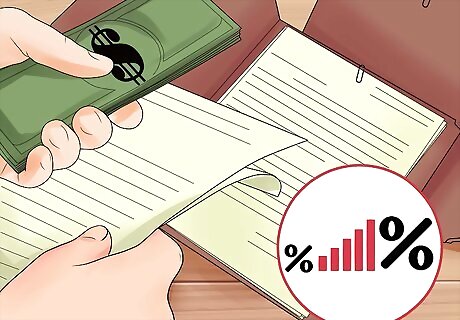
Put your debts in order by interest rate. Organize your bills and paperwork and examine the terms and conditions of your loans to determine the interest rates you are being charged on each form of debt you owe. Use this information to create a written schedule that lays out when you will pay off each debt. Be sure to consider fees that may affect your priorities. For example, some credit cards have annual fees that you can avoid if you pay off and cancel the card — though you should be aware that canceling the card comes with its own disadvantages, as it may adversely affect your credit score. Some loans have prepayment penalties, which may make quickly paying those loans off less cost-effective than it would be if you had only to consider the interest rates. If the interest rate on a particular account is subject to change, as is the case with credit cards that have introductory rates, be sure to consider this. Your priorities may need to change when the rates change. When prioritizing by interest rates, use the effective interest rate, the rate that takes into account any tax deduction. This is usually applicable to mortgages or student loans. Since interest payments on these loans are tax-deductible, the cost of such loans is actually a bit less than the stated interest rate. Calculate the effective rate by multiplying the stated interest rate by 1 minus your income tax bracket. For example, if you're in the 30% tax bracket and you have a mortgage with a stated rate of 10%, the effective interest rate is 7.0% (10*(1-0.30)).
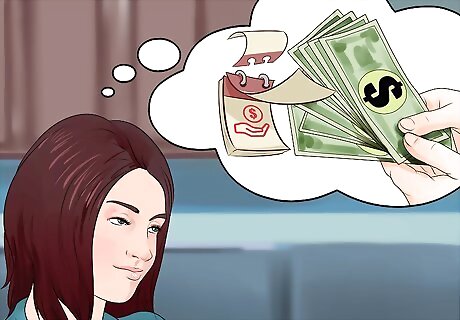
Keep up with minimum payments. Even though you are focusing on paying off one source of debt at a time, be sure to keep from incurring more by paying the minimum monthly payments on other debts. Take these amounts into consideration before putting the rest of your money towards paying off your target debt. It may be a good idea to create an excel document to keep track of these payments and when they are due.
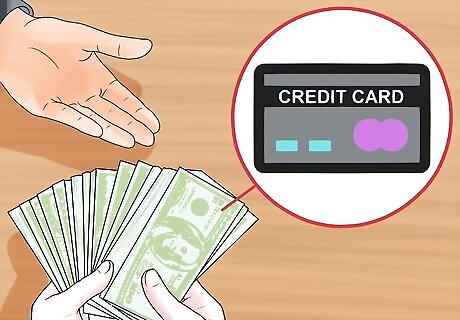
Pay as much as you can on the first debt. This will generally be a credit card or a personal loan. If you really want to get out of debt, you will eliminate unnecessary expenses and put as much of your income as possible towards paying off this debt. This will allow you to pay it off quickly and move on to the next debt.
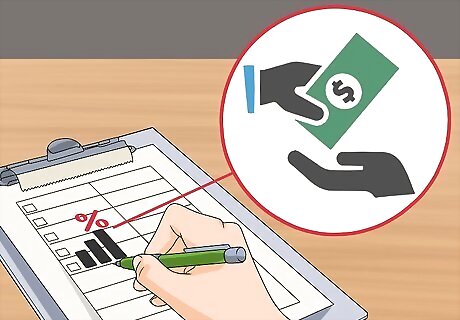
Move on the debt with the next-highest interest rate. Once you've paid off the first debt, proceed to the next-highest, and so on until you're debt-free.
Encouraging Good Habits with the "Debt Snowball" Technique
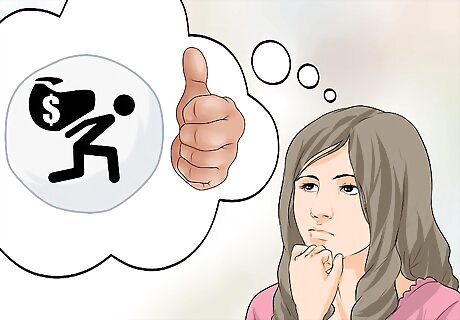
Determine if this method is right for you. If you are comfortable and secure in your basic payments and necessities, but find it difficult to budget or save money to pay off your debts with the "debt avalanche" method, the "debt snowball" method may be right for you. This method focuses on you paying off your smallest debts first to simply reduce the number of different debts you owe. It should be noted that this is not the fastest or most efficient way to reduce your debt load.
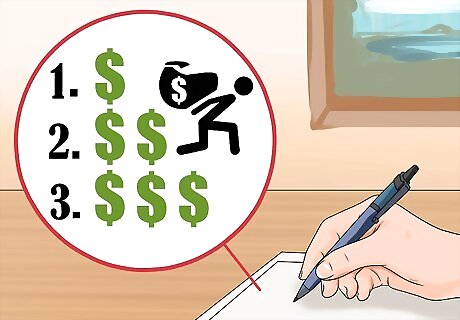
Organize your debts by amount owed. Organize your paperwork and determine how much you owe on each debt. Create a schedule of which debts you will pay off first by placing the debt with the smallest amount owed first and going up in amount owed from there. Be sure to note minimum payments for each debt and pay those each month before directing any money towards paying off your first debt. You don't want to incur more debt by not paying these minimums.
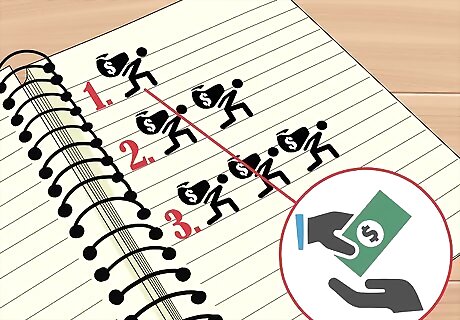
Pay off the first debt. Use any additional money you have each month to begin paying off the first debt. You may consider creating a budget for yourself to save money or perhaps taking on a part-time job. However you come up with the money, save as much as you can and put it all towards that first debt. When you've paid it off, celebrate! You've earned it.
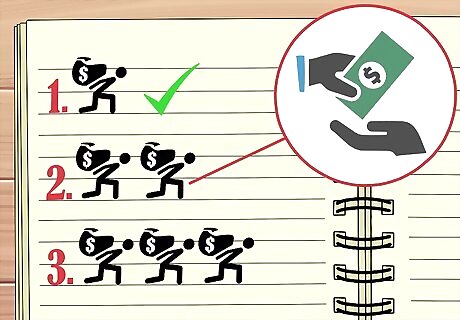
Move on to the second debt. After you've paid off the first debt, move on to the next debt on your list. This one will take longer to pay off than the first, but keep yourself motivated to continue paying off debts by remembering the load that paying the first debt took off your shoulders.
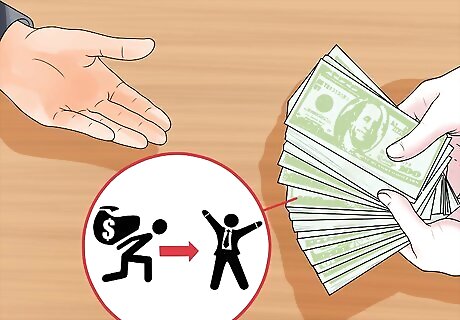
Continue paying off debts until you are debt-free. Your number of debts, and total debt overall, will decrease faster and faster as you continue to pay them off. Eventually, you will be completely debt-free!











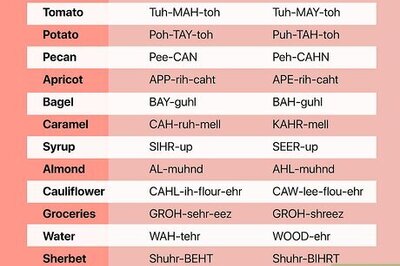



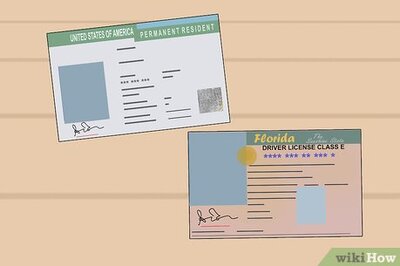
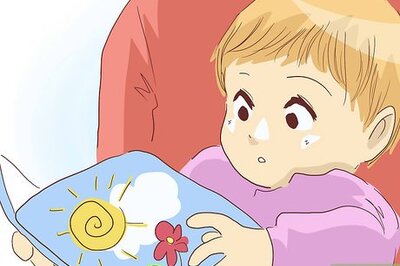

Comments
0 comment